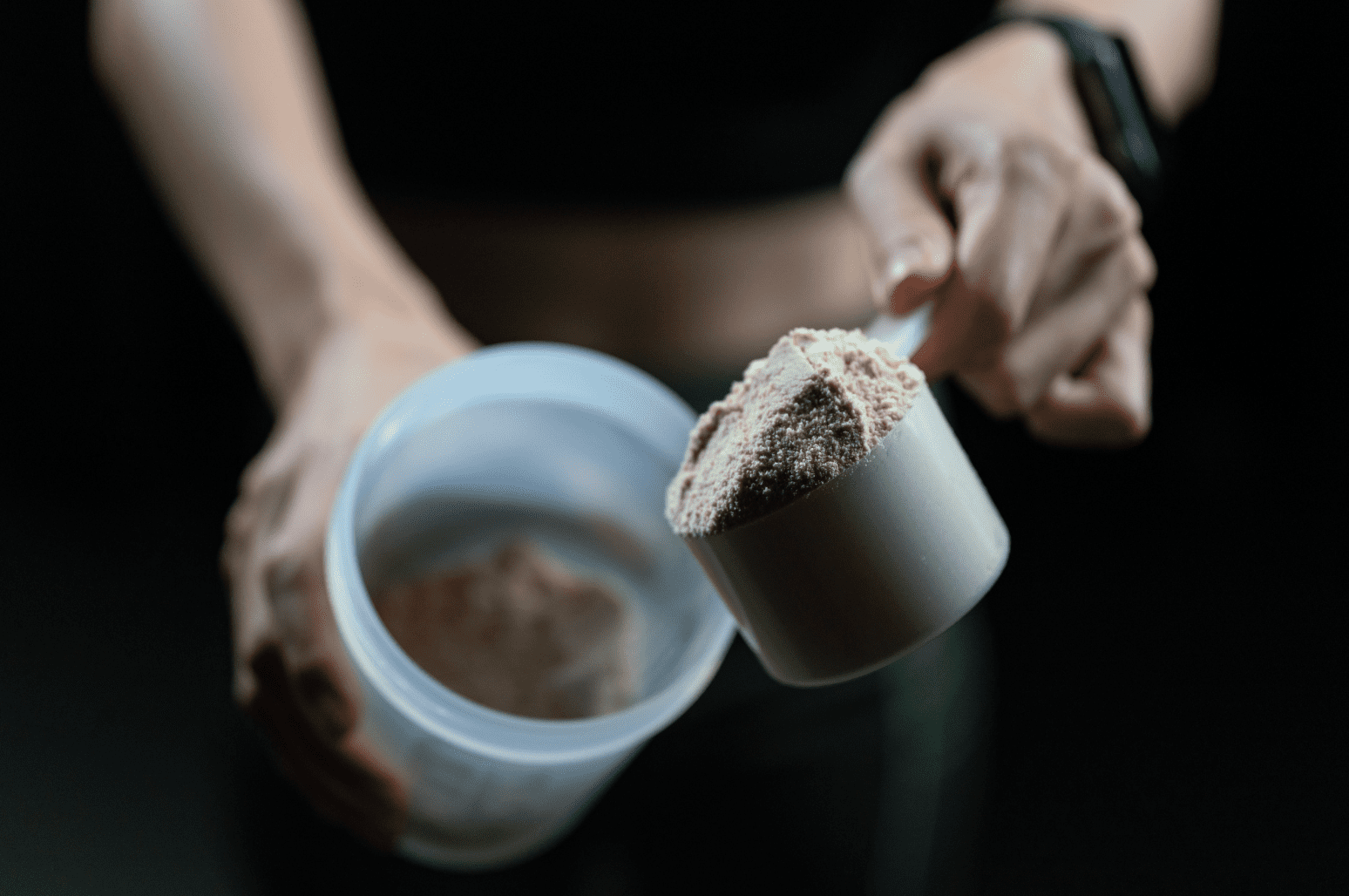
There is plenty of attention drawn to food sensitivities these days. But what is going on when you react to many kinds of unrelated foods? And why, when you have a food sensitivity test done, do none of the foods you react to show up? If this is your story, you may find some answers in our guide to histamine intolerance.
What Are Histamines?
Histamines are biologic amine neurotransmitters. They are created from the amino acid histidine via an enzymatic reaction called decarboxylation. [1] Histamines are able to cross the blood-brain barrier and have effects on many different areas of your body. [2] We store these histamines in many area of our body such as cells called basophils and mast cells, as well as locations such as our stomach, lymph nodes, and thymus.
Why Do Histamines Appear in Food?
While histamines are made in the body, that is not the only place they originate from. A wide array of foods contain histamines, and some of these foods have exceptionally high levels of histamines.
Histamines are produced and accumulate in certain foods when amino acids in the food are broken down by microorganisms on the food’s surface. As a result, the dirtier or more bacteria-ridden a food is, the more prone it is to having higher levels of histamines.

What makes a food prone to this high histamine potential? Well, amino acid availability as well as conditions favorable for bacteria to break down histidine into histamine are two huge factors. Histidine decarboxylase is the enzyme that catalyses the production of histamine from histidine [3]. Involved in this histamine production are certain bacteria, specifically, Hafnai aluei, Morganella morganii and Klebsiella pneumonia. These bacterium have been discovered to be some of the most prolific histamine-forming bacteria in fish.
Certain lactic acid bacteria are responsible for histamine production in cheese, fermented meat, fermented vegetables, and fermented beverages like alcohol. Examples of this type of lactic acid bacteria are Lactobacillus hilgardii, Lactobacillus buchnerii, Lactobacillus curvatus, and Oenococcus oeni.
A Guide to High-Histamine Foods

What foods fall on the list of high histamine offenders? The big names on this list include fish, shellfish, fish sauce, almost all cheeses, soy derivatives, deli meats, chocolate, alcohol, strawberry, citrus, spinach, tomato, eggplant, nuts, and anything fermented. [4] Included on other lists of high histamine offenders are leftovers, which makes sense given the fact that bacterial content can result in histamine production.
It’s important to note that avoiding all these foods isn’t necessarily the answer for those who react negatively to histamines. So, for those who have already written down the list above, set it to the side for a second before you shun these foods from your shopping list.
Why Am I So Reactive to Histamine?
There are several reasons people become intolerant of or reactive to high histamine foods. Our body uses two methods to break down and metabolize histamine. Exogenous histamine refers to the histamine we ingest. Our exogenous histamine intake relies on something called DAO to metabolize it. DAO, or diamine oxidase, is the primary barrier for intestinal histamine absorption.
Some of people are born with a deficiency in the production of DAO, which causes us to not be able to breakdown histamine properly. This results in excess histamine in the body, which can wreak havoc and cause symptoms such as bloat, feeling excessively full after eating or drinking, diarrhea, abdominal pain, itchiness, hives, flushing, congestion, headache, dizziness, fast heart rate, and anxiety.
Additionally, deficiencies of copper, vitamin C, and pyridoxine can also result in reduced activity of DAO. And, fascinatingly enough, the phase of the menstrual cycle can also affect how effective DAO is at breaking down histamine in our gut. [5]
Living with a Histamine Intolerance
A histamine intolerance is in no way a lifelong sentence to spending all your time and energy avoiding high histamine foods. The key is to find someone educated in all of these factors affecting how your body deals with histamine, who can help you investigate where your histamine intolerance is coming from.
The solution could be as easy as adding a DAO supplement to your diet. [6] It could also mean digging into your gut microbiome health and exploring what has affected it, such as toxins like mold, heavy metals, parasites, or Lyme Disease. [7] If you have a chronically inflamed gut, this could mean finding out what is driving that inflammation. It could also mean tuning down and calming your nervous system, which can be the source of sensitivities like histamine intolerance. Genetic testing can even be done to determine if you have an SNP, a genetic variation, which causes you to produce less DAO.

References
Comas-Basté, O., Sánchez-Pérez, S., Veciana-Nogués, M. T., Latorre-Moratalla, M., & Vidal-Carou, M. (2020). Histamine Intolerance: The Current State of the Art. Biomolecules, 10(8), 1181. https://doi.org/10.3390/biom10081181
Purves D, Augustine GJ, Fitzpatrick D, et al., editors. Neuroscience. 2nd edition. Sunderland (MA): Sinauer Associates; 2001. The Biogenic Amines. Available from: https://www.ncbi.nlm.nih.gov/books/NBK11035/
Nazar, W., Plata-Nazar, K., Sznurkowska, K., & Szlagatys-Sidorkiewicz, A. (2021). Histamine Intolerance in Children: A Narrative Review. Nutrients, 13(5), 1486. https://doi.org/10.3390/nu13051486
Schnedl, W. J., Lackner, S., Enko, D., Schenk, M., Holasek, S. J., & Mangge, H. (2019). Evaluation of symptoms and symptom combinations in histamine intolerance. Intestinal research, 17(3), 427–433. https://doi.org/10.5217/ir.2018.00152
Shulpekova, Y. O., Nechaev, V. M., Popova, I. R., Deeva, T. A., Kopylov, A. T., Malsagova, K. A., Kaysheva, A. L., & Ivashkin, V. T. (2021). Food Intolerance: The Role of Histamine. Nutrients, 13(9), 3207. https://doi.org/10.3390/nu13093207
Hrubisko, M., Danis, R., Huorka, M., & Wawruch, M. (2021). Histamine Intolerance-The More We Know the Less We Know. A Review. Nutrients, 13(7), 2228. https://doi.org/10.3390/nu13072228
Schnedl, W. J., & Enko, D. (2021). Histamine Intolerance Originates in the Gut. Nutrients, 13(4), 1262. https://doi.org/10.3390/nu13041262









